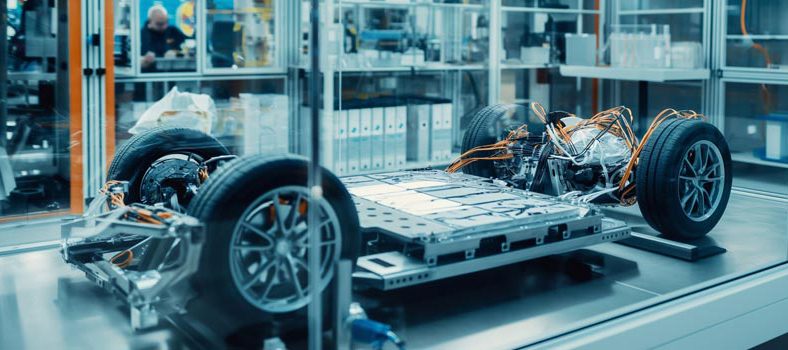The developed methods could be a powerful set of tools for various aspects of battery development and testing.
How many times have you wished you could look inside a battery? Think how handy it would be for finding out why a defective battery failed, or how a worn-out battery might best be rebuilt. You might even be able to watch the inner workings of a battery while it’s in operation, the better to figure out how it could be improved. A team of researchers from three universities have developed a way to do just that, using magnetic resonance imaging (MRI).
The team’s work so far, which they described this week in the journal Nature Materials, has concentrated on observing the build-up of lithium metal deposits on the electrodes after charging. However, the methods they developed could be a powerful set of tools for various aspects of battery development and testing.
"New electrode and electrolyte materials are constantly being developed, and this non-invasive MRI technology could provide insights into the microscopic processes inside batteries, which hold the key to eventually making batteries lighter, safer, and more versatile," said Professor Alexej Jerschow of New York University. "Both electrolyte and electrode surfaces can be visualized with this technique, thus providing a comprehensive picture of the batteries' performance-limiting processes."
"MRI is exciting because we are able to identify where the chemical species inside the battery are located without having to take the battery apart, a procedure which to some degree defeats the purpose," added Professor Clare Grey of Cambridge and Stony Brook Universities. "The work clearly shows how we can use the method to identify where lithium deposits form on metal electrodes. The resolution is not yet where we want it to be and we would like to extend the method to much larger batteries, but the information that we were able to get from these measurements is unprecedented."
Image: digital cat




















































































